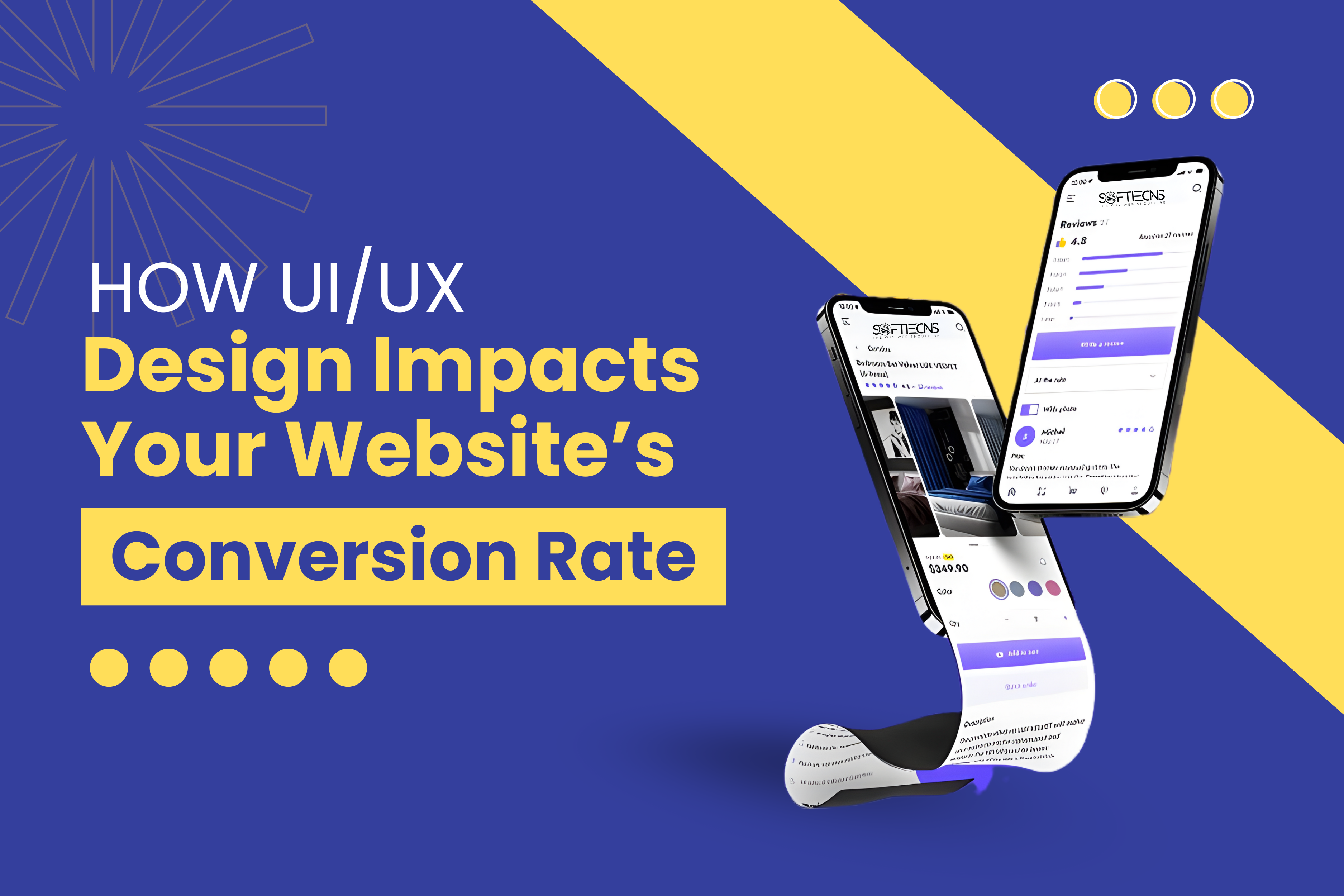Best Cloud Deployment Models
Sat, 10 Apr 2021
It is essential to choose the right cloud deployment model to ensure your business gets the performance, scalability, security, legal and price structure it needs.
There is no one-size-fits-all solution, and there are different models to solve a given set of problems. Choosing the best one depends on all kinds of factors. We are going to explain the best models for cloud deployment in this blog.
The cloud infrastructure is being provided to the general public for open use. It may be owned, managed, and operated by, or some combination of, a business, academic, or government agency. It exists at cloud provider premises.
Public cloud deployment services are normally delivered over the internet to be open to all. All you need is a web browser that gives access to all kinds of software and tools. Whoever has the right hardware and resources can run a public cloud. Simply set up your servers, and rent out storage and computing power. Public clouds are:
- Are open to the public
- Can be owned, managed, and operated by pretty much anyone
- Are located on the provider‘s premises
|
Pros |
Cons |
| · Low price and sometimes even free
· Scalable · Location independence · It‘s easy |
· Security concerns
· The law and location of your data · Lack of control |
Public cloud service providers:
- Amazon Web Services
- Microsoft Azure
- IBM Cloud
- Google Cloud Platform
A single organization comprising multiple consumers provides exclusive use for the cloud infrastructure. It may be owned, managed, and operated by, or some combination of, the organization, a third party, and it may exist on or off-premises. The only key difference is that one organization uses it exclusively.
It is a cloud that a firm itself uses, rather than its customers. A private cloud can be built by anyone using servers and technology such as OpenStack.
One third-party provider can also manage a private cloud. A lot of providers will be happy to build and maintain your private cloud for you.
|
Pros |
Cons |
| · Control over how a cloud is set up and run
· Control over privacy and security practices · control over the geographical location of data |
· Much higher setup and maintenance costs
· Less redundancy and resilience · Less scalability |
Privet cloud service providers:
- Hewlett Packard Enterprises
- VMware
- Dell
- Oracle
- IBM
- Microsoft
- Amazon Web Services
The cloud infrastructure is provided for exclusive use by a particular consumer community from organizations having shared concerns. It may be owned, managed, and operated by one or more community organizations, a third party, or some combination thereof, and it may exist on or off-premises.
A community cloud as a private cloud is no different technically from the public cloud. The only difference that defines is who’s allowed to use it. One organization in an industry could build a community cloud and then rent it out to others in the same industry with similar computing and security requirements or business communities with similar needs could group together to share the cost of each building their own public clouds.
|
Pros |
Cons |
| · Cloud configuration and security that meet the needs of your industry
· More scalable than private cloud · Cheaper than private cloud |
· A community cloud doesn‘t exist for every community
· Compromise won‘t get the full benefits of either public or private |
Community cloud service providers:
- NYSE Capital Market Community
- AWS GovCloud
The cloud infrastructure is a composition of two or more distinct cloud infrastructures that remain unique entities but are linked by standardized or proprietary technology that allows for portability of data and applications.
A hybrid cloud is any cloud configuration combining multiple deployment models. They are somehow bonded together to form a coherent unit.
|
Pros |
Cons |
| · Keep sensitive data safe
· Still, get some of the scalability and cost-effectiveness of public cloud · Ultimate flexibility |
· Complexity
· Difficulty communicating between cloud models · More expensive than public or community models |
Hybrid cloud service providers:
- Microsoft
- VMware
- Amazon Web Services
- Rackspace
- Hewlett-Packard
- IBM
- Cisco
- Dell
POPULAR POSTS
Shopify vs. WordPress: Which one is best for e-commerce?
Wed, 07 Apr 2021Role of IoT in the Real Estate Industry
Wed, 14 Apr 2021Why UX And UI Is Important For Mobile Application Development
Sat, 01 May 2021Telemedicine's Advantages in Nursing Homes
Fri, 24 Dec 2021RECENT POSTS
Title: Run Your Entire Real Estate Business From Your Phone
Fri, 12 Dec 2025









